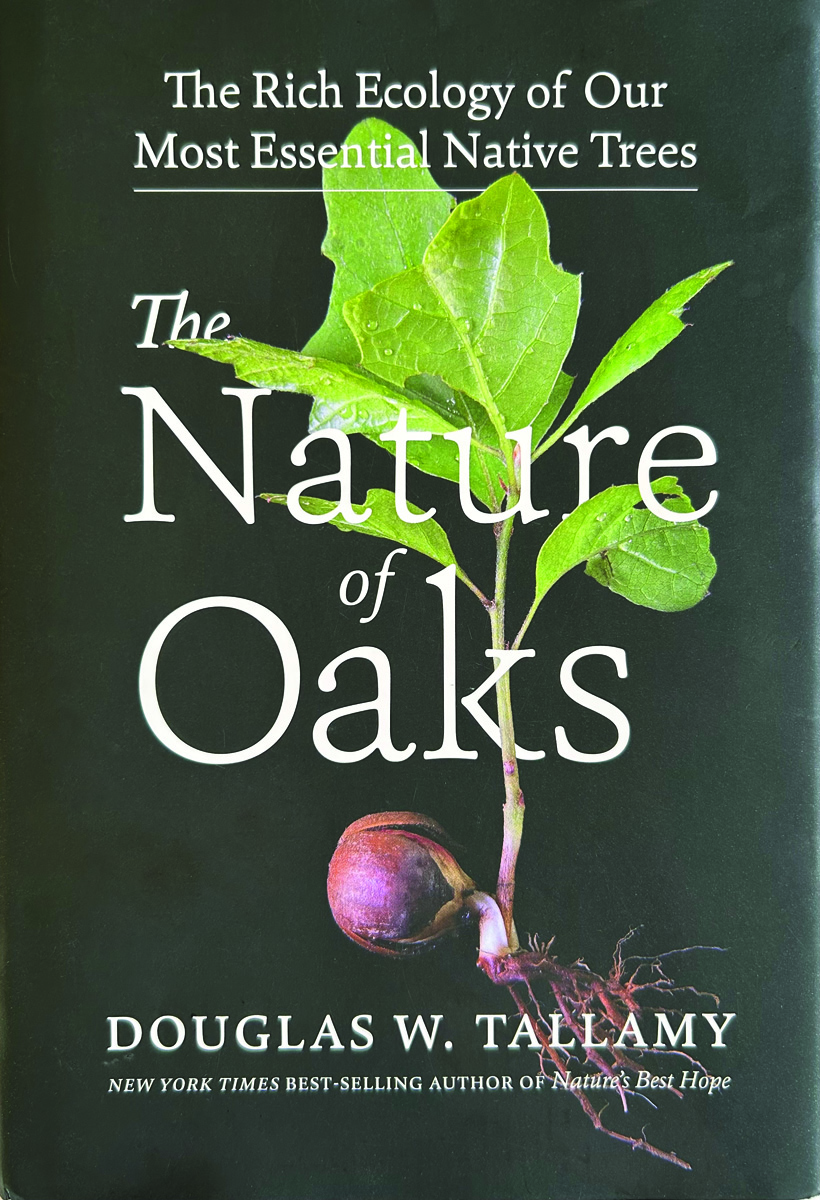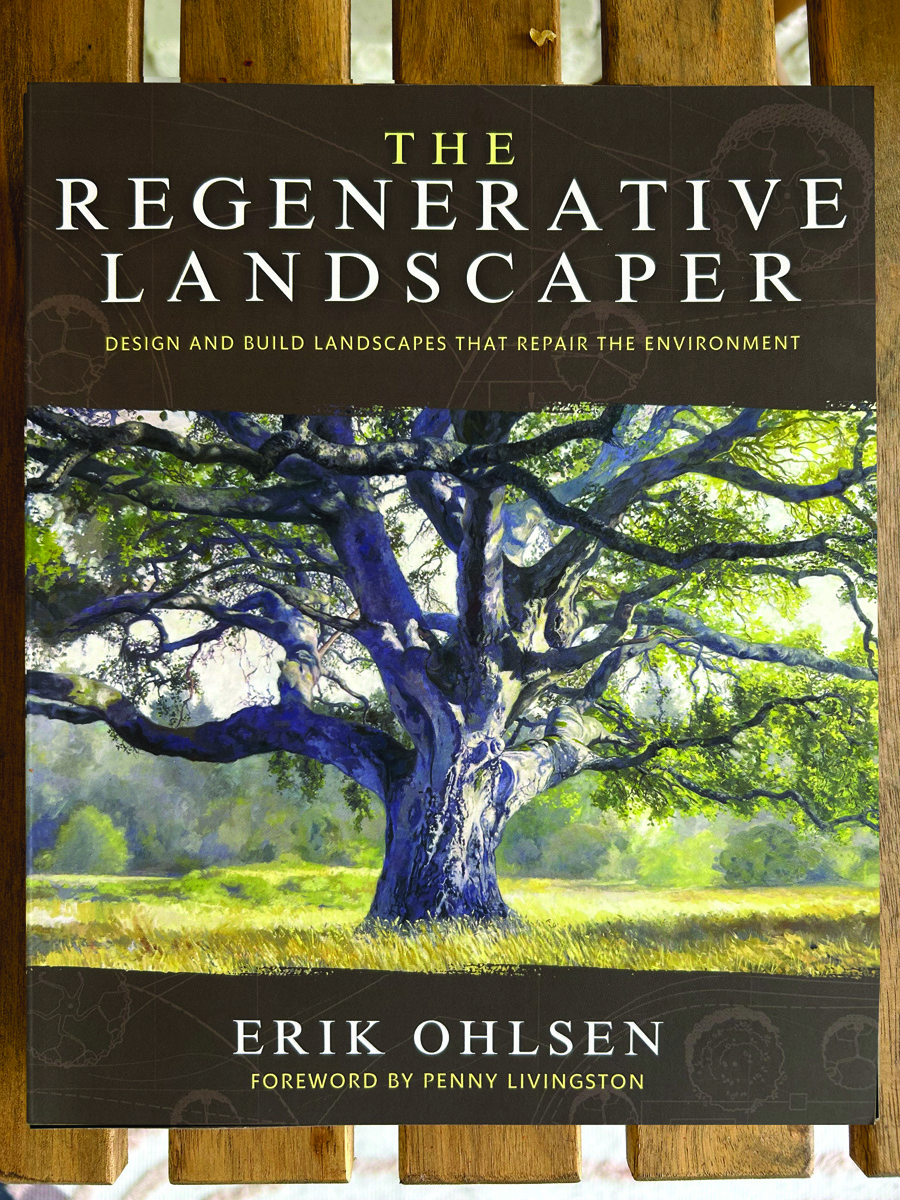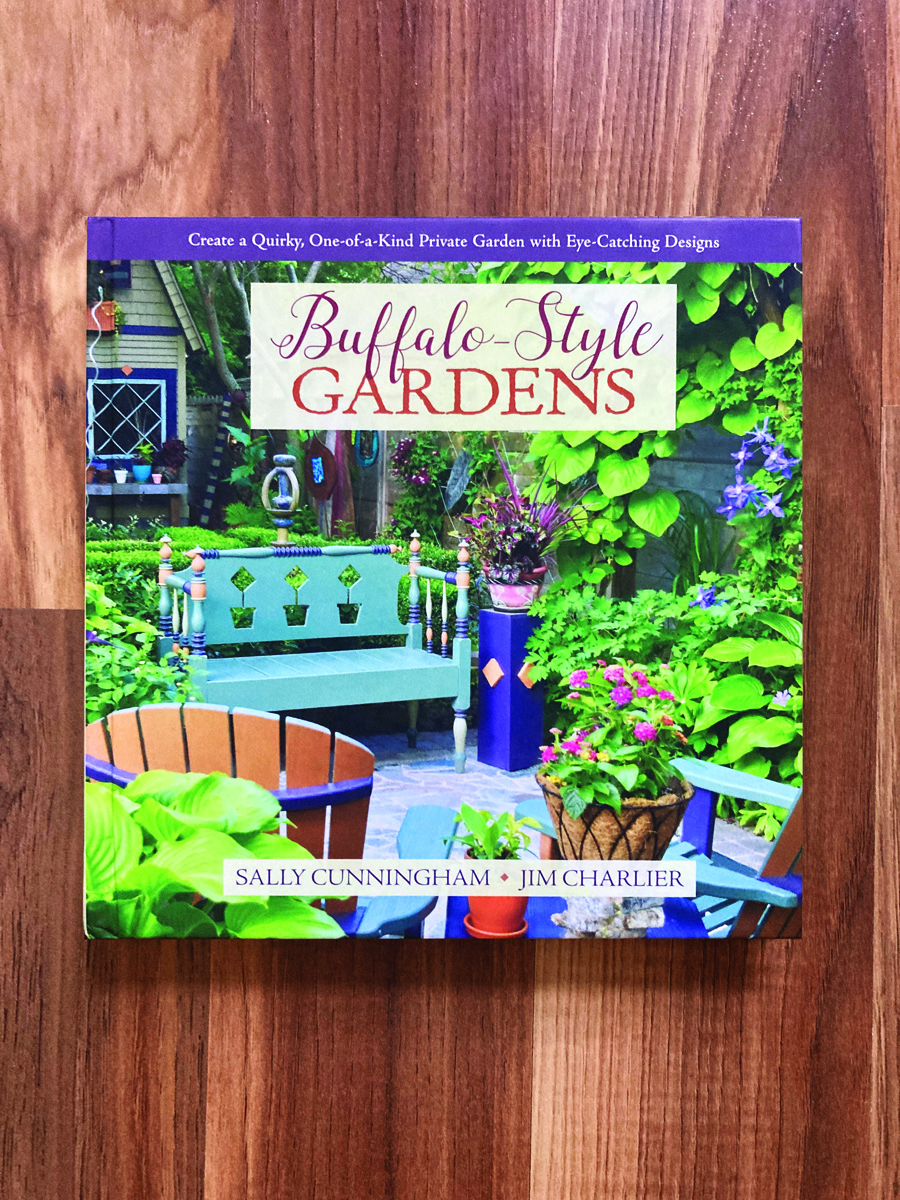Hi GPODers!
January is starting off with a great selection of gardens through the seasons! We enjoyed exceptional scenes from Sue yesterday, and today we’re getting a spectacular 2024 highlight reel from Harriet Robinson in Otisfield, Maine. Harriet has shared her garden with us so many times in the past (Harriet’s Former Swimming Pool Turned Garden, Gardening for Pollinators Without Sacrificing Beauty, Harriet’s Iris Garden, etc.) as well as photos from outside her garden that honor her love of wildflowers (Wildflower Celebration, Beautiful Grecian Wildflowers). Today we get to see how her garden looked over the course of the last year, with fabulous photos from each month (April – December).
I have shared photos of my Maine garden with GPOD off and on for years. I have a large rural yard in the western foothills with many garden areas. The core garden is the filled in swimming pool. These photos were taken from a similar vantage point to give an idea of the season’s changes in 2024. I seemed to have slacked off in August because I had no picture so I substituted in a photo from 2023. As I write this in early December, my garden is under a blanket of snow and it is hard to believe that it was tall and colorful just a little while ago. In the last few years I have especially worked on late season color adding to my aster collection. I am always changing out daylilies for longer summer bloom with higher bud counts while retaining favorite older cultivars because I favor the classic forms. My bearded iris are in different beds than this sequence of photos but some of the siberian cultivars are blooming in the photos because they make good garden companions.
(Callicarpa bodinieri ‘Profusion’, Zones 5–8)
 April: As soon as the snow melts, the color begins with clumps of crocuses and reticulated iris (Iris reticulata, Zones 5–9). white stonecrop (Sedum album, Zones 3–8) groundcover around the edges is a red color in the cold weather.
April: As soon as the snow melts, the color begins with clumps of crocuses and reticulated iris (Iris reticulata, Zones 5–9). white stonecrop (Sedum album, Zones 3–8) groundcover around the edges is a red color in the cold weather.
 May is daffodil month with early and mid season bloomers. I line the paths with them. As clumps get too big, I take them out to plant in the field (see in distance under the aged apple tree) and try another cultivar in the pool garden. I like to see the red stems of peonies as they emerge combining well with the daffodils.
May is daffodil month with early and mid season bloomers. I line the paths with them. As clumps get too big, I take them out to plant in the field (see in distance under the aged apple tree) and try another cultivar in the pool garden. I like to see the red stems of peonies as they emerge combining well with the daffodils.
 June brings iris and peonies in a floral extravaganza. I have many named Siberian (Iris sibirica, Zones 3–9) and bearded iris (I. germanica, Zones 3–10) in various garden beds but the peonies include many unnamed ones I got from my parents’ garden.
June brings iris and peonies in a floral extravaganza. I have many named Siberian (Iris sibirica, Zones 3–9) and bearded iris (I. germanica, Zones 3–10) in various garden beds but the peonies include many unnamed ones I got from my parents’ garden.
 In July the colors change from romantic pinks and whites to hot yellow, red and orange colors as daylilies take over. The daylilies are named cultivars which bloom for weeks with early midseason and later blooming varieties. There are also clumps of long lasting false sunflower (Heliopsis helianthoides, Zones 3–9). Peonies settle in with lovely shrublike green foliage.
In July the colors change from romantic pinks and whites to hot yellow, red and orange colors as daylilies take over. The daylilies are named cultivars which bloom for weeks with early midseason and later blooming varieties. There are also clumps of long lasting false sunflower (Heliopsis helianthoides, Zones 3–9). Peonies settle in with lovely shrublike green foliage.
 August: (Photo from 2023 since I forgot to take any in 2024) Foreground: Millenium ornamental onion (Allium ‘Millenium’, Zones 5–8), Matrona sedum (Hylotelephium telephium ‘Matrona’, Zones 3–9) and Darjeeling persicaria (Persicaria affinis ‘Darjeeling Red’, Zones 3–9). Pinkish flowers in midground: Purple coneflower (Echinacea purpurea, Zones 3–9), resurrection lily (Lycoris squamigera, Zones 5–9) (the tall verbena [Verbena bonariensis, Zones 7–10] flower planted in foreground is near the lycoris clump), and Morden Pink loosestrife (Lythrum salicaria ‘Morden Pink’, Zones 4–9).
August: (Photo from 2023 since I forgot to take any in 2024) Foreground: Millenium ornamental onion (Allium ‘Millenium’, Zones 5–8), Matrona sedum (Hylotelephium telephium ‘Matrona’, Zones 3–9) and Darjeeling persicaria (Persicaria affinis ‘Darjeeling Red’, Zones 3–9). Pinkish flowers in midground: Purple coneflower (Echinacea purpurea, Zones 3–9), resurrection lily (Lycoris squamigera, Zones 5–9) (the tall verbena [Verbena bonariensis, Zones 7–10] flower planted in foreground is near the lycoris clump), and Morden Pink loosestrife (Lythrum salicaria ‘Morden Pink’, Zones 4–9).
 September: By the end of the month some peony foliage was coloring up, colchicums were blooming, and the asters had started with the hot pink Alma Pötschke (Symphyotrichum novae-angliae ‘Andenken an Alma Pötschke’, Zones 4–8) first. The last of the potted agapanthus blooms still attracted bees.
September: By the end of the month some peony foliage was coloring up, colchicums were blooming, and the asters had started with the hot pink Alma Pötschke (Symphyotrichum novae-angliae ‘Andenken an Alma Pötschke’, Zones 4–8) first. The last of the potted agapanthus blooms still attracted bees.
 October in New England means colorful wild deciduous trees in the surroundings echoed by peony foliage in the garden. The aster collection is alive with bees getting ready for winter.
October in New England means colorful wild deciduous trees in the surroundings echoed by peony foliage in the garden. The aster collection is alive with bees getting ready for winter.
 December: the borrowed view predominates but the settled snow shows the faint outline of the walkway around the pool.
December: the borrowed view predominates but the settled snow shows the faint outline of the walkway around the pool.
Thank you so much for sharing your incredible garden with us again, Harriet! It’s absolutely amazing the long season of interest you’re able to create, even when winter tends to arrive so early in Maine.
Did you document your garden growth this year like Harriet did? As I mentioned in my New Year’s Eve post earlier this week, now is the perfect time to reflect on last year’s garden and make plans for the next growing season (even if it feels eons away right now). While you’re doing that reflecting, think about sending in your photos to GPOD! Follow the directions below to submit your photos via email, or send me a DM on Instagram: @agirlherdogandtheroad.
Have a garden you’d like to share?
Have photos to share? We’d love to see your garden, a particular collection of plants you love, or a wonderful garden you had the chance to visit!
To submit, send 5-10 photos to [email protected] along with some information about the plants in the pictures and where you took the photos. We’d love to hear where you are located, how long you’ve been gardening, successes you are proud of, failures you learned from, hopes for the future, favorite plants, or funny stories from your garden.
Have a mobile phone? Tag your photos on Facebook, Instagram or Twitter with #FineGardening!
Do you receive the GPOD by email yet? Sign up here.
Fine Gardening Recommended Products

The Nature of Oaks: The Rich Ecology of Our Most Essential Native Trees
Fine Gardening receives a commission for items purchased through links on this site, including Amazon Associates and other affiliate advertising programs.
The Nature of Oaks reveals what is going on in oak trees month by month, highlighting the seasonal cycles of life, death, and renewal. From woodpeckers who collect and store hundreds of acorns for sustenance to the beauty of jewel caterpillars, Doug Tallamy illuminates and celebrates the wonders that occur right in our own backyards. He also shares practical advice about how to plant and care for an oak, along with information about the best oak species for your area.

The Regenerative Landscaper: Design and Build Landscapes That Repair the Environment
Fine Gardening receives a commission for items purchased through links on this site, including Amazon Associates and other affiliate advertising programs.
2024 Nautilus Award Gold Medal Winner! This awe-inspiring guide weaves together permaculture design, food resiliency, climate adaptation, community organizing, and indigenous wisdom that you can implement in your own backyard.

Buffalo-Style Gardens: Create a Quirky, One-of-a-Kind Private Garden with Eye-Catching Designs
Fine Gardening receives a commission for items purchased through links on this site, including Amazon Associates and other affiliate advertising programs.
Buffalo-Style Gardens is a one-of-a-kind, offbeat garden design book that showcases the wildly inventive gardens and gardeners of Buffalo – and offers readers “the best of the best” ideas to use in their own small-space gardens.
